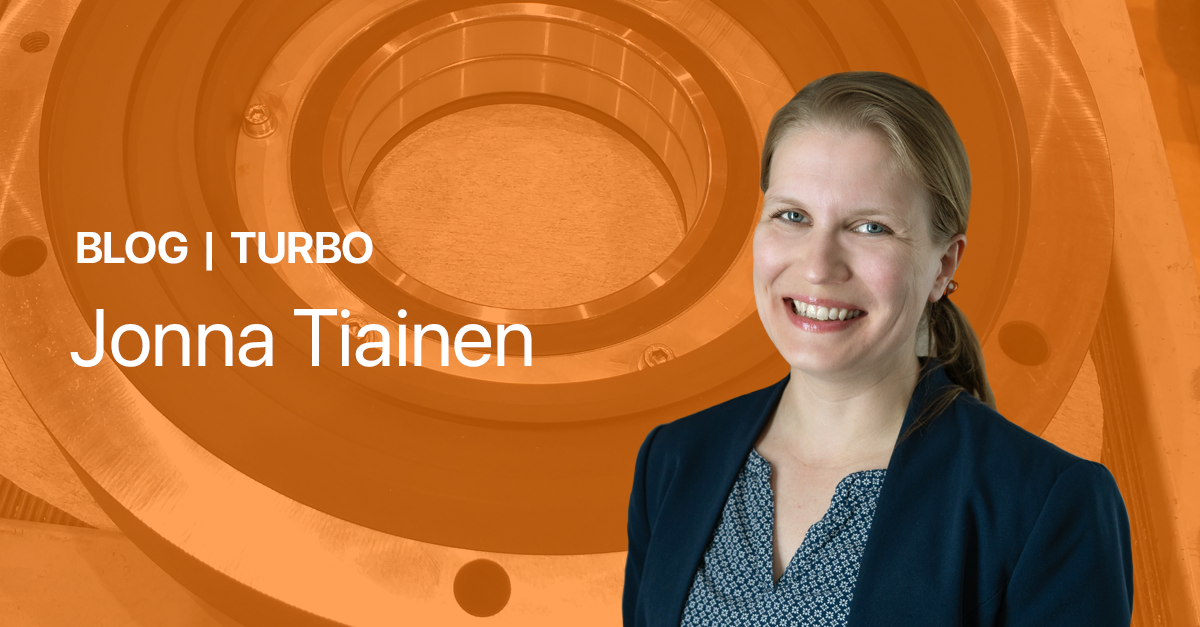Why high-temperature heat pumps?
Industrial process heat requirements drive global energy demands, accounting for 29% of demand and 15% of greenhouse gas emissions, according to the World Business Council for Sustainable Development. High-temperature heat pumps (HTHPs) have the potential to capture industrial waste heat and significantly reduce industrial energy use and CO2 emissions. The International Energy Agency describes the market potential in the food and paper industries alone as between 3,000 and 4,000 heat pumps.
Where is the technology today?
Manufacturers of HTHPs are emerging, especially for heat pumps operating below 120 °C. And there is increasing interest in heat pumps operating at temperatures of up to 200 °C. For wider availability and adoption, more manufacturers and development of reliable technology are needed.
Design team requirements
Any such project involves specialists in all the following fields:
- Heat pump process design
- Electromagnetics
- Motor cooling
- Rotor dynamics
- Bearing design
As a result, the development of HTHPs is a highly iterative process, any changes in design in one area affecting the others. This requires a high degree of effective and flexible cooperation between the heat pump process design team and the electric motor design team.
Design considerations
Heat pump design begins with defining the application. Essential questions include:
- What is the temperature level of the waste heat source to be upgraded with the heat pump?
- What is the desired temperature level in the application?
- What is the required heat capacity?
The temperature levels and heat pump power set the boundaries for each application. The choice of optimal working fluid depends on operating temperatures and power scales, as well as component design. However, the dominant parameter is the critical temperature of the working fluid, for it influences the coefficient of performance (COP) and heating capacity of the heat pump.
The following must be considered:
- The characteristics of dry fluids
- The characteristics of wet fluids
- Flammability
- Working fluid impact on dimensions and optimal rotational speed
- how the fluid will be used to cool the motor if a hermetic design is desired
- F-gas emissions regulations by the European Parliament and Council
Once the application target and component design requirements are met, the concept can move on to the prototyping and testing phases.
Development projects in Finland
Yaskawa Environmental Energy / The Switch is participating in a two-year high-temperature heat pump research project led by LUT University and is also running its own co-innovation project “Novel Heat Pump MW-class Compressor Motor.” We look forward to seeing creative solutions in the future development of high-temperature heat pumps – and reducing emissions and increasing energy efficiency!
Get in touch with us if you’d like to discuss design considerations for your particular application.

Senior Specialist, Thermal Design
Jonna Tiainen

Jonna Tiainen currently works as Senior Thermal Design Specialist at The Switch, Finland. She has a background in turbomachinery and over a decade of experience in Computational Fluid Dynamics, measurements, project management and teaching. Tiainen holds a D.Sc. (Tech.) degree in heat transfer and fluid dynamics from the LUT University, Finland.
